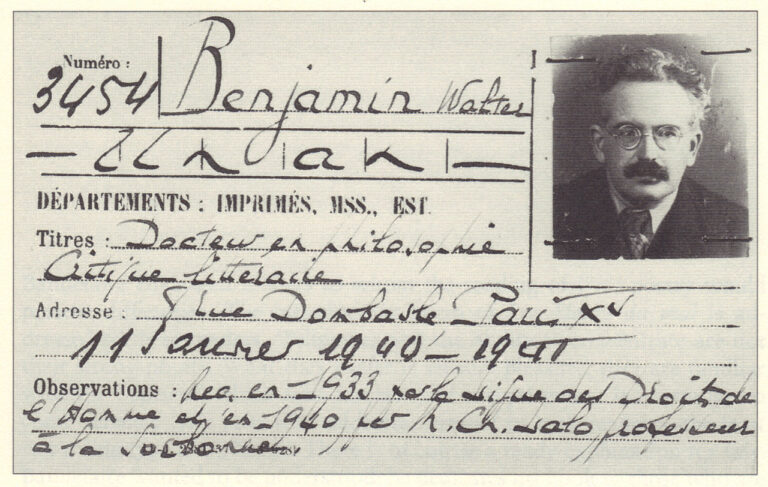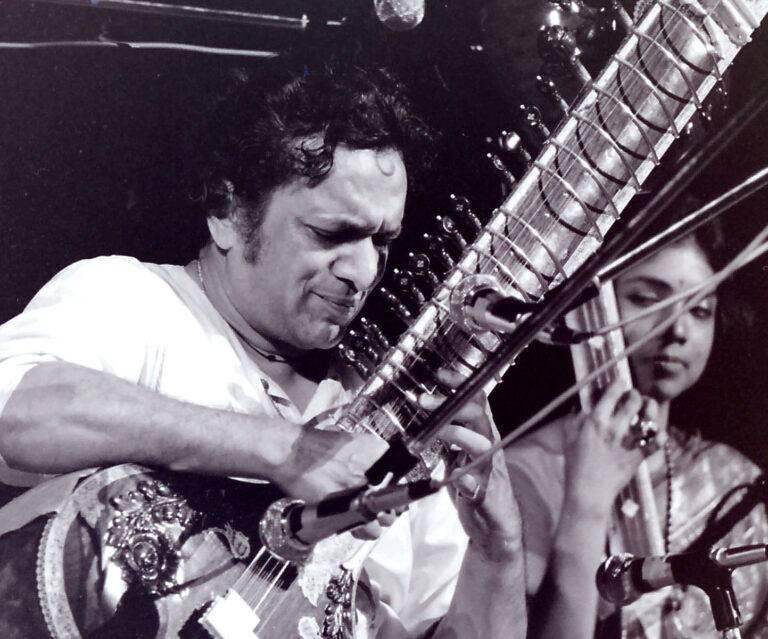This issue of Lateral contributes to a number of ongoing questions and conversations. In it, we see a range of methodologies that span particular sites, take up theoretical debates, and cross borders and boundaries, both political and cultural. The work of this issue sits in conversation with the present moment, even as it at times draws on and excavates the past. 2020 has seemed to both accelerate and extend a number of ongoing crises and emergencies that have defined the decade. Contributors to this issue are working in and through this gap. Many new structures, including a new structure of feeling, are ascendant, and the task of contemporary cultural studies is clear: thinking and theorizing the interregnum will define the work of the present conjuncture.
Issue 9.2 (Fall 2020)
From Gwangju to Brixton: The Impossible Translation of Han Kang’s Human Acts
This article theorizes the relationship between trauma and translation through a close reading of Han Kang’s Human Acts (2016) and its complex narrating of the Gwangju Democratization Movement of 1980. I engage with the novel through scholarship on state-sanctioned violence, the politics of memory and Korean and Black literary and cultural studies. I do this to consider how the massacre of Gwangu’s residents by their own government is made possible by earlier histories of occupation and imperial violence in the Korean peninsula. I then turn to the Korean edition of the novel to address what emerges outside of the English translation. Here, I rely on my own language skills to read, translate and direct attention to what is lost in Deborah Smith’s published translation of Han’s novel. Specifically, I argue that Smith’s version of Human Acts actively works against Han’s subversive articulation of the elusiveness of subjectivity, the rending of the world vis-à-vis violence, the possibilities afforded by opacity and the dilemma of what it means to write about “one’s own” historical trauma. In an attempt to reflect critically on what it might mean to live in the ongoing ripples of such traumas, I offer a text that blurs autobiography, travel writing, Black Studies, and literary analysis, crafting something that may be situated under the aegis of cultural studies and alongside what Gloria Anzaldúa names an autohistoria-teoría and what Crystal Baik calls a diasporic memory work.
How to Do Things with Walter Benjamin
Walter Benjamin is now a common reference point within cultural studies. But while a considerable secondary literature has emerged around his work, efforts to build upon his contributions by operationalizing the method they elaborate have remained relatively rare. Nevertheless, I maintain that it is solely through such operationalization that Benjamin’s intellectual project can truly be understood. In this article, I provide a sketch of Benjamin’s intellectual biography—with particular emphasis given to the purported tension between his metaphysics and his materialism—to highlight the overarching methodological coherence of his approach. In conclusion, I demonstrate how this method might be operationalized by cultural studies scholars today.
Border Trash: Recovering the Waste of US-Mexico Border Policy in Fatal Migrations and 2666
This article examines how discourses of waste and wastefulness are applied to the bodies of border crossers and border dwellers along the US-Mexico border. Using Josh Begley’s 2016 digital memorial “Fatal Migrations” alongside the fourth section of Roberto Bolaño’s 2666, I examine how the matter of bodies plays an essential role in border policing. Forced into isolated and environmentally hostile areas, migrants are only visible through discarded objects, left behind during border crossing. As a result, American policy and discourse is able to associate migrant bodies with the trash they leave behind—effectively reducing migrant bodies to disgusting and ecologically dangerous. I look at “Fatal Migrations” to consider how the landscape is deployed against migrants and the vibrancy of their bodies after death. This reading leads to a consideration of waste across the border as seen in the fourth section of Roberto Bolaño’s 2666, “The Part about the Crimes.” A fictionalized representation of the feminicides in Ciudad Juarez, Bolaño’s narrative shows the reduction of women’s bodies to capitalistic waste. Taken together the two pieces illustrate the dismissal of bodies to waste and wasteful under overlapping immigration and economic policies. Moreover, both pieces show how death in the borderlands is central to American understandings of sovereignty. The result is increasingly militarized environments and solidified borders in the form of physical structures, cultural attitudes, and policy.
Sounds from Nowhere: Reading Around Raga-Jazz Style
When Pandit Ravi Shankar began performing for Western audiences in the 1960s, his collaborative instinct for the meeting of Hindustani music and jazz was challenged by what he described as “shrieking, shouting, smoking, masturbating, and copulating” audiences of “strange young weirdos,” according to Mick Brown writing for The Telegraph. We can only imagine the debates of high and low art which were fought between Shankar and George Harrison, Bud Shank, or even Tony Scott, who were few of his many collaborators from the West. Caught between its original referent and its appeal to learned style, jazz (with its roots in African-American history) is placed at the center of debates about authenticity, gatekeeping, and located-ness. Once something like “world music,” composed through collaboration, fusion, and re-sampling, enters a space not used to any of the styles mixed into this world of music, it creates unique soundscapes. Ethnomusicologist Martin Stokes, writing “On Musical Cosmopolitanism,” looks at the course of sounds through the world to think of music “as a process in the making of ‘worlds,’ rather than a passive reaction to global ‘systems'” (6). The world created is never an unproblematically imported ambience. A jazz club anywhere in the world does not always correspond to Dixieland, or Chicago, or New York, nor does it reveal the influence of Black labor-songs, vaudeville, or ragtime. This is where an album like Indian composer duo Shankar-Jaikishan’s Raga-Jazz Style (1968) becomes interesting, compressing 11 ragas from Hindustani music into curt pieces corresponding to different, morphed forms of jazz. By looking at the history of the circulation of interfused styles of jazz in America, Goa, Bombay, and mainstream Hindi cinema, this paper examines the material conditions of creativity, and attempts to inscribe this global creative collaboration of forms into a connected history of jazz and Hindustani music.
Political Blackness, British Cinema, and the Queer Politics of Memory
This essay queries “political Blackness” as a coalitional antiracist politics in England in the 1970s and 1980s. Contemporary debates on the relevance of political Blackness in contemporary British race politics often forget significant critiques of the concept articulated by feminist and queer scholars, activists and cultural producers. Through close readings of Isaac Julien and Maureen Blackwood’s The Passion of Remembrance and Hanif Kureishi’s Sammy and Rosie Get Laid, this essay examines cinematic engagements with political Blackness by foregrounding the gender and sexual fault lines through which queers and feminists articulated relational solidarities attentive to difference.





